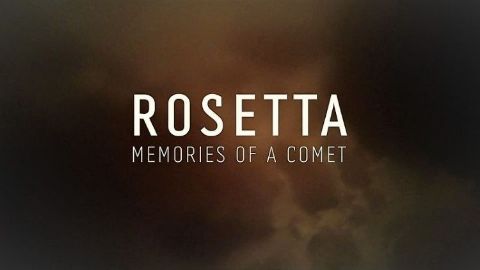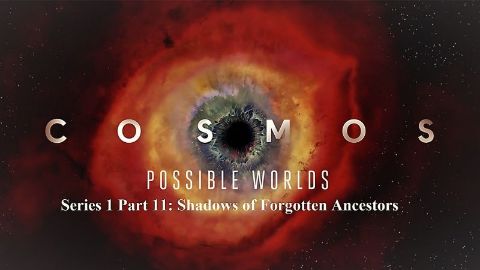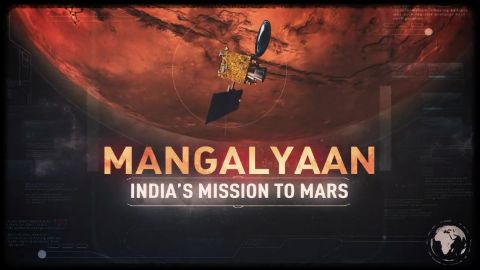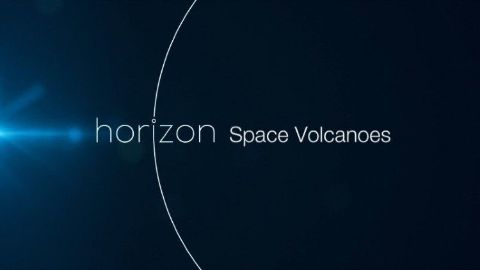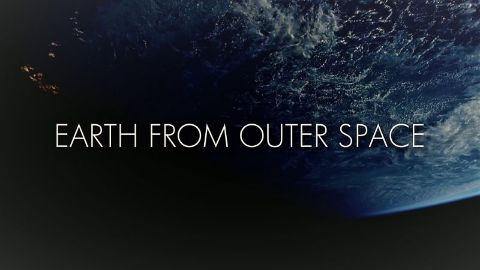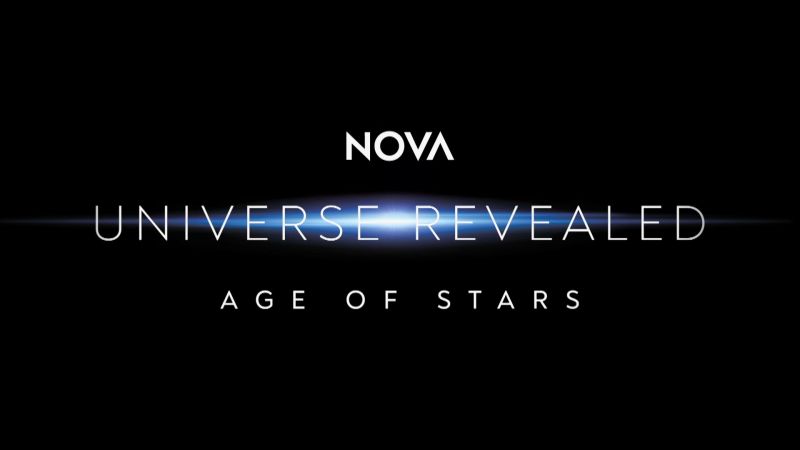Mission to the Sun • 2018
In August 2018 NASA launched the first ever mission to a star. A historic quest to explore the last great frontier of our solar system - the sun. This will be the fastest man made object ever created. A spacecraft that will travel 450,000 miles per hour. It's ground breaking mission, to fly into the 'atmosphere' of our star and revolutionize our understanding of it. This documentary will celebrate this world changing event. Exploring the amazing science of our sun and going behind the scenes of the NASA mission to reach it. Timed to coincide with the arrival of the probe into the sun's atmosphere (Nov 2018) and the huge media spike this will create, this documentary will celebrate a key moment in human history, humanities first attempt to touch the Sun.
Make a donation
Buy a brother a hot coffee? Or a cold beer?
Hope you're finding these documentaries fascinating and eye-opening. It's just me, working hard behind the scenes to bring you this enriching content.
Running and maintaining a website like this takes time and resources. That's why I'm reaching out to you. If you appreciate what I do and would like to support my efforts, would you consider "buying me a coffee"?
Donation addresses
BTC: bc1q8ldskxh4x9qnddhcrgcun8rtvddeldm2a07r2v
ETH: 0x5CCAAA1afc5c5D814129d99277dDb5A979672116
With your donation through , you can show your appreciation and help me keep this project going. Every contribution, no matter how small, makes a significant impact. It goes directly towards covering server costs.
